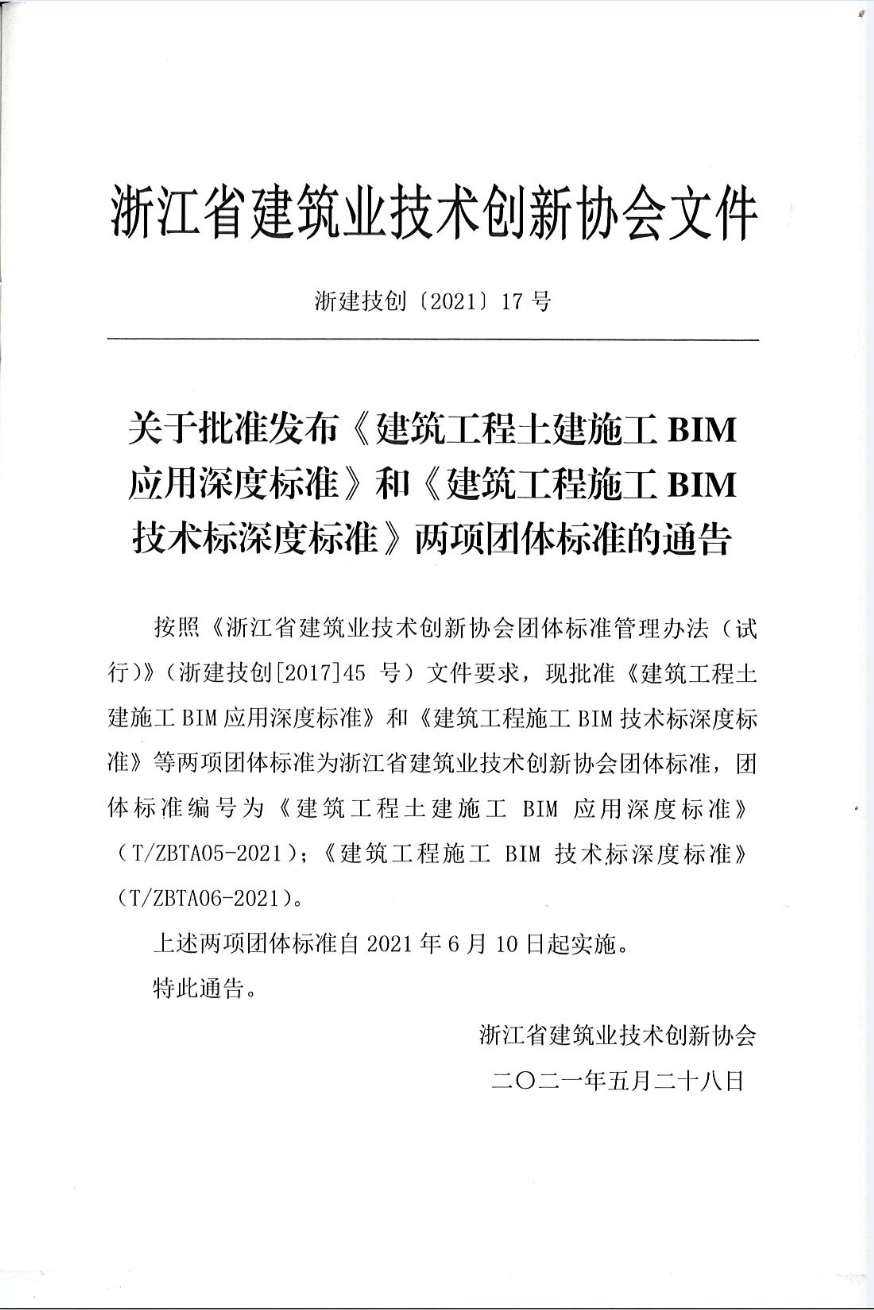The building foundation is soaked in sewage, which seriously affects the service life of the building.
On site problems: cracks in the cast-in-situ slab of the delivered building (300 thick fire passage basement roof, C35 concrete and double-layer two-way reinforcement) And the waterproof construction quality is poor.
Now Site problem: alkali flashing on the stone surface wet pasted on both sides of the garage ramp.
Cause: the construction process is not strictly controlled, and the reinforcement protection is not done well when pouring concrete.
On site problems: the honeycomb phenomenon caused by slurry leakage at the junction of the basement shear wall and the bottom plate is easy to form rainwater leakage points.
During floor formwork making, try to make the formwork of the post cast strip and the formwork on both sides with a separate system.
If limited by conditions, the column bottom elevation shall be adjusted or the soil shall be strengthened.
Treatment suggestion: strengthen the inspection and concealed acceptance during reinforcement binding.
Treatment suggestion: when the face brick is typesetting, it should be arranged downward from the lower opening of the line foot, and a 10-15mm gap should be reserved at the junction of the face brick and the coating line foot, and the pointing is completed After that, turn the coating downward by 5mm to ensure the smoothness and straightness of the connecting line.
Site problem: a large area of short through cracks are generated in the cast-in-place slab.
Site problem: the post cast strip has no support and the upper part is being loaded for construction.
On site problem: Lightning leads to leaving the house The surface sketch is damaged.
Treatment suggestions: it is best to provide three sets of formwork for the upper three floors in a month.
If the formwork must be removed, the support shall be replaced at the same time The support shall be firm to ensure that the beams and slabs on both sides of the post cast strip are not deformed.
On site problem: there are gaps in the outer wall and rainwater seeps into the room.
Treatment suggestion: when the stacking construction is required on the basement roof, the design service load must be clear, and the construction materials must be stacked evenly to avoid overload construction.
Cause: before pouring and tamping the column concrete, the column reinforcement was not positioned, and the reinforcement could not be aligned with the upper column reinforcement, resulting in bending.
The rainwater flows into the stone mortar layer to carry out the alkali, resulting in alkali flashing.
(in case of large area or deep honeycomb, a special repair scheme shall be prepared and implemented after being submitted to the design for approval) Site problem: honeycomb and pockmarked surface are produced due to mortar leakage at the column base.
Site problem: after the membrane of the pumped commercial concrete beam and slab is removed, There are small holes on the surface, resulting in a large area of water leakage.
(the specification requires that the indoor backfill should be 200mm higher than the outdoor floor.
Cause: the repair materials and methods are not used correctly, and there is no repair scheme.
Treatment suggestions: the mixing ratio of base course plastering mortar is no less than 1:3 cement mortar powder, the finished surface of base course plastering is free of hollowing, cracks and floating sand, and the wall and face brick are watered and wet the day before laying face brick.
Only two sets of formwork are provided for three floors a month.
Treatment suggestions: during reinforcement acceptance, check that the column reinforcement is positioned and bound firmly (spot welding can be appropriate), and carefully stand by when pouring and tamping column concrete.
Treatment suggestions: after the construction of the roof structural layer is completed, focus on observing whether there are leakage points, and focus on repairing the location where the leakage occurs.
Treatment suggestion: the joint between the beam column concrete of the outer wall and the brick wall must be nailed with steel mesh greater than 200mm wide.
Treatment suggestion: this place shall meet the requirements for the slope distance of the bearing layer.
Cause: there is no steel mesh reinforcement construction at the part between the infilled wall of the outer wall and the concrete beam.
When removing the formwork of the floor slab, keep the post cast strip formwork and support.
Field problem: the plain soil slope of independent foundation does not meet the stress requirements, which is easy to lead to eccentric stress settlement of column foundation after the bearing layer of column foundation is damaged.
Site problem: after the structural column reinforcement is offset, it is bent at will, which does not meet the structural requirements.
On site problem: the granite stone at the bottom of the beam is separated from the base course and the stone falls off.
Site problem: there is no protective layer at the bottom of the post cast strip girder in the basement, which seriously violates the specification requirements and affects the service life of the girder.
Treatment suggestions: during the construction of the retaining wall coping stone, the bottom shall be constructed with wet mortar; the coping stone joint The joints shall be grouted to ensure the water tightness of each intersection joint and the compactness of wet grouting mortar.
Cause: there are no clear construction measures for the construction and protection of the post cast strip.
Field problem: the upper reinforcement of the double-layer and two-way reinforcement of the structural slab is sunken.
Causes: the joint of the retaining wall coping stone is not sealed tightly, the joint between the coping stone and the wall stone is not treated with closed water, and the wet paste mortar is not dense.
Treatment suggestions: carefully chisel the loose part of the concrete to the concrete dense layer, and pour and tamp the concrete with a strength higher than the original concrete.
Cause: the formwork is removed when the lower concrete fails to meet the strength requirements.
Cause: the top of the sketch is the highest point of the building, a metal cover is installed on the top, and the lightning protection network is not led to the top of the sketch, resulting in lightning stroke.
Cause: the construction organization arrangement of the construction unit was not reviewed and monitored in detail.
The lower slab bears the weight of the upper concrete and is loaded heavily, Cause cracks in the slab.
The self waterproof reinforcement of the structure shall be completed before the waterproof construction.
Treatment suggestions: strengthen phased acceptance of reinforcement works and side station control of concrete construction.
Cause: the base course painting quality of the surface brick wall is too poor, the strength is low, and the mortar mix ratio is out of control.
Before nailing the mesh, the mesh part shall be paved with 1:3 cement mortar The surface of the wall shall be painted once, and the steel wire mesh shall be nailed for large surface painting after the first cement mortar is dry and has a certain strength.
If the overlapping part is defective, the coiled material is easy to bulge and disengage, and the rainwater enters the bottom of the coiled material, which is easy to lead to water leakage or mildew at the bottom of basement slab.
When paving the stone, the stone at this place is not reinforced, and the stone at the bottom of the beam falls off after years..
Treatment suggestions: strictly control the slump of commercial concrete, ensure that the concrete is vibrated tightly when pouring and tamping concrete, and focus on process control for the watered plate surface or wall surface Site problem: the waterproof of the basement roof has been constructed, and micro leakage has occurred at the bottom of the slab, resulting in water printing and mildew.
On site problem: there is serious slurry leakage on the concrete surface, resulting in honeycomb and pitted surface, which affects the service life of the structure.
Treatment suggestions: 1.
The surface brick bonding mortar is separated from the painting layer, and the floating sand of the base course is not cleaned before the surface brick bonding, forming isolation During the construction of face brick, the base course is too dry, the bonding strength between the pasted mortar and the base course is reduced, and it is separated from the base course after the influence of freezing and thawing after rainwater infiltration.
On site problems: the concrete compactness of the sloping roof is poor, the water leakage treatment is not carried out before the construction of the leveling layer, and the leveling layer does not meet the construction requirements, resulting in serious rainwater leakage after the roof leveling.
On site problems Title: the waterproofing of basement roof coiled material is constructed on the horizontal plane, resulting in a large area of water.
Treatment suggestion: strictly control the pouring and tamping concrete Control the damage and trampling of reinforcement.
The water leakage phenomenon at the root of the inner side of the basement outer wall.
Site problem: through cracks are generated in the structural floor slab in the horizontal and vertical directions.
On site problem: the construction quality of basement roof rigid waterproof layer is poor, which can not meet the requirements of rigid waterproof layer.
If only two sets of formwork are provided, when the lower formwork is removed, the slab bottom shall be reinforced and supported with reinforcement and pay attention to overload construction.
In case of two-way single-layer reinforcement, communicate the adjustment scheme with the designer; strictly control the slump of commercial concrete.
Cause: the fullness of the mortar pasted on the wet stone is poor, and hollowing occurs in many places.
Treatment suggestions: strictly control the slump of the commercial concrete, ensure that the concrete is vibrated tightly during pouring and vibrating, and use the plate vibrator for secondary vibration.
Mortar is used as the repair material during repair, and the strength does not meet the specified requirements.
Site problems: the interlayer between the first floor slab and the foundation of the building is not backfilled, and the rainwater flows and accumulates to form a puddle or pool.
On site problem: the open joint at the junction of the face brick and the line foot coating is too large, resulting in poor appearance.
Cause: when pouring and tamping concrete, the upper reinforcement is stepped down on the bent or only two-way single-layer reinforcement, and the concrete slump is too large.
Site problem: the reinforcement stacking and reinforcement processing of the basement roof have an impact on the concrete structure.
On site problem: the surface brick of the outer wall is cracked and the large surface falls off.
On site problem: 45 degree inclined angle crack of cast-in-situ floor slab.
2.
Treatment suggestion: after honeycomb occurs at the column base, the loose part of the concrete shall be carefully chiseled to the concrete dense layer, and the concrete with higher strength than the original concrete shall be poured and tamped Repair.



